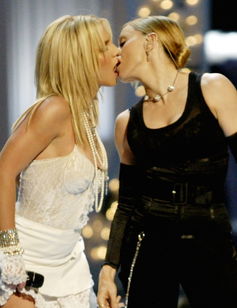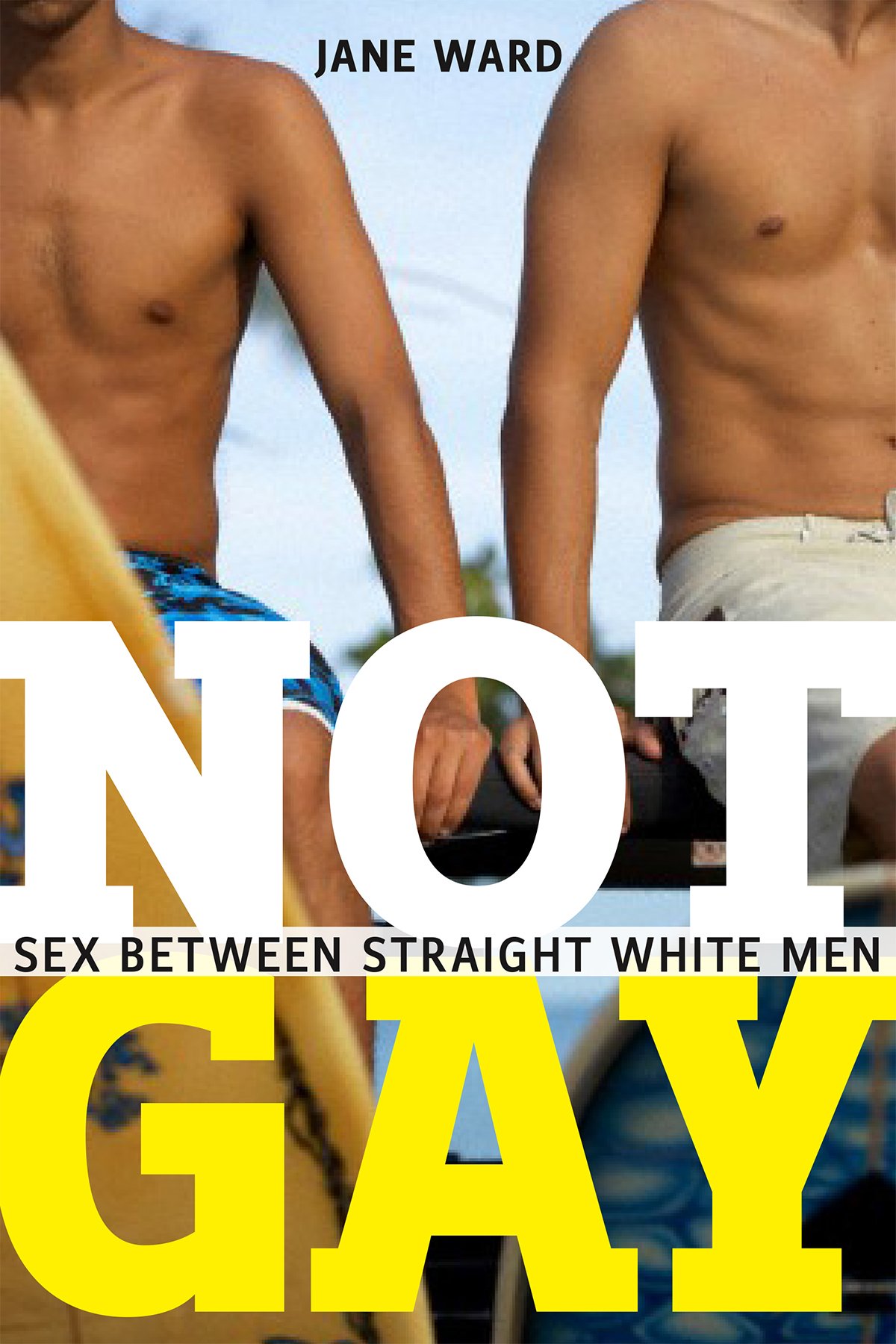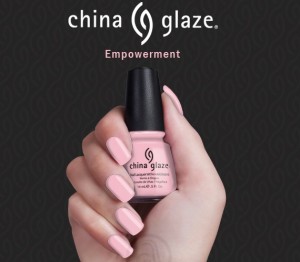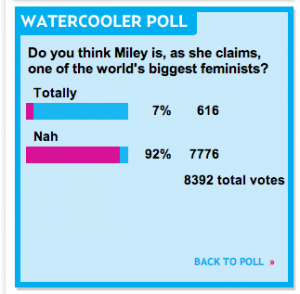 Reading Rachel Hills’ The Sex Myth was like reviewing my Sociology of Sexualities syllabus. Application of Foucault’s theory of power and social regulation? Check. Discussion of heteronormativity? Check. Mention Gayle Rubin’s charmed circle of sex? Three checks! Hills offers an analysis of contemporary sexual norms that is rich saturated with sociological research. She touches on many of the issues I unpack with my students at City College, but adds her own journalistic flare, making this book not only an informative but enjoyable read.
Reading Rachel Hills’ The Sex Myth was like reviewing my Sociology of Sexualities syllabus. Application of Foucault’s theory of power and social regulation? Check. Discussion of heteronormativity? Check. Mention Gayle Rubin’s charmed circle of sex? Three checks! Hills offers an analysis of contemporary sexual norms that is rich saturated with sociological research. She touches on many of the issues I unpack with my students at City College, but adds her own journalistic flare, making this book not only an informative but enjoyable read.
Hills argues that in this age of supposed sexual liberation and unprecedented freedom, sex has actually become heavy with significance, warping our perceptions and expectations. For instance, pressure has shifted from not having sex to having sex – and lots of it. Thus, the social denigration of virgins after a certain age or those with few sex partners. Hills finds that people tend to assume everyone around them is having more sex than them, and this becomes a race to keep up. She refers to this as a “gap between fantasy and reality.” One consequence is that folks become pre-occupied with whether or not they are having enough sex. The measurement of “enough” is based on assumptions and occasional check-ins with close friends on how much sex they are having. A better barometer of sexual satisfaction, though, would be asking yourself whether you’re having all the sex that you want. This may vary depending on what else is happening in your life.
This is just one of the many examples Hills offers us of the consequences of “the sex myth” – the belief that sex is all important, powerful, and indicative of how we’re doing as individuals and a society. She also points to the troubles caused by holding too precious ideas of “normality” when it comes to sex as well as the influence of masculinity and femininity in shaping sexual expectations.
Overall I found The Sex Myth to be a great read. I appreciated Hills’ generous use of sociological research to ground her arguments as she weaved in personal narratives from her life and the lives of people she interviewed. It was also refreshing to read many of the concepts I teach in academic settings covered with the delightful writing style of a journalist.
My only critique is the limited age range represented in the stories Hills highlights. One of the lies the sex myth promotes is that your sex life peaks in your twenties and it’s all down hill from there. Unfortunately, Hills inadvertently reinforces this myth by only featuring the stories of twenty-somethings. There were only two interviewees over the age of 30 featured, and one of them was experiencing a lengthy sexless period of their life. Perhaps selfishly, as someone migrating my way through my 30s, I wanted more representation of sexual experiences across the lifespan and how these experiences are shaped by or counter the sex myth. If Hills wanted to focus on sex-pectations for twenty-somethings, that’s fine, but that frame should be made clear from the start.
Other than this age caveat, I recommend without reservation this book to anyone looking for a fun subway read, an introduction to thinking critically about contemporary sexuality, or a book to offer your undergrads in human sexuality classes.


 Signs: Journal of Women in Culture and Society invites submissions for a special issue titled
Signs: Journal of Women in Culture and Society invites submissions for a special issue titled 












